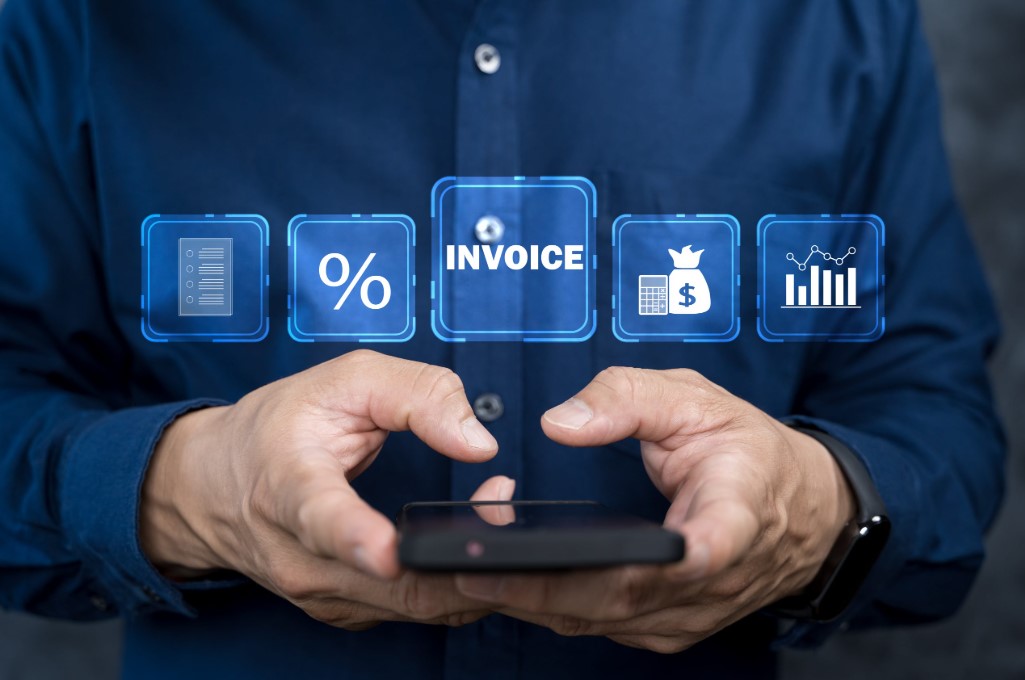
The new E-Invoice, also known as an electronic invoicing system, helps business owners and freelancers create, transfer, and receive invoices digitally. E-Invoices have been successfully implemented in more than 100 countries worldwide, including France, Australia, Sweden, South Korea, Singapore, Brazil, Germany, and Italy.
In India, E-Invoices were approved by the GST Council on October 1, 2020, for taxpayers with a turnover exceeding ₹500 crore. Later, it was extended to business owners with a turnover above ₹10 crore, and, as of August 1, 2023, it has been implemented for those with a turnover above ₹5 crore.
E-Invoices eliminates the use of traditional paper invoices and manual processes by creating electronic and customized invoices, which are then sent electronically via email or other online channels to customers.
Extensively, the E-Invoice system helps business owners and freelancers in speeding up the process, reducing manual errors and magnifying efficiency. Also having some difficulties in using the new E-Invoice system.
Table of Contents
What Businesses Need to Know ─ Critical Challenges of E-Invoicing
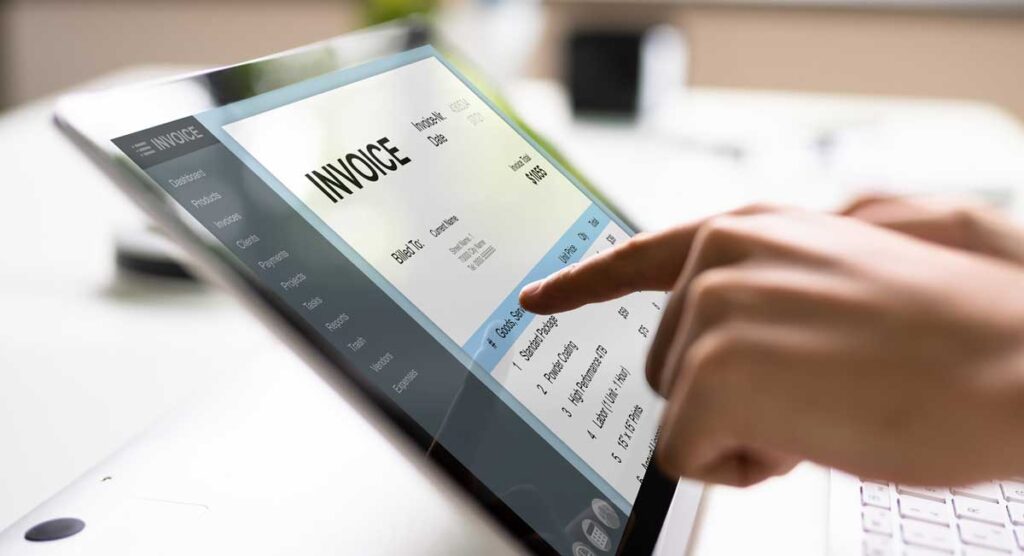
Source: avalara.com
Implementation Challenges
While implementing the E-Invoice process for small and medium-sized companies, they face some challenges, such as a lack of infrastructure or technical capabilities. Additionally, they need reliable internet connections, software applications, and hardware devices to use the system effectively.
Compliance Challenges
Complying with the e-invoice system can be difficult for businesses. They must ensure that every business invoice meets all the regulations and standards set by the government, or they may risk facing penalties and fines.
Training Challenges
Business owners need to have knowledge of using e-invoices, and they must train their employees on how to utilize the new e-invoice system and its functions. Unfortunately, this training can be time-consuming and costly, especially for companies with large workforces.
Security Challenges
The E-Invoice system has features to store sensitive business and customer data, making it vulnerable to cyber threats and attacks. All businesses need to implement security measures to protect their information against unauthorized access or breaches.
Integration Challenges
To guarantee seamless data flow between systems, including accounting software, inventory management software, and supply chain management software, the e-invoice system needs to integrate with other applications. This integration can present challenges for business owners with legacy systems.
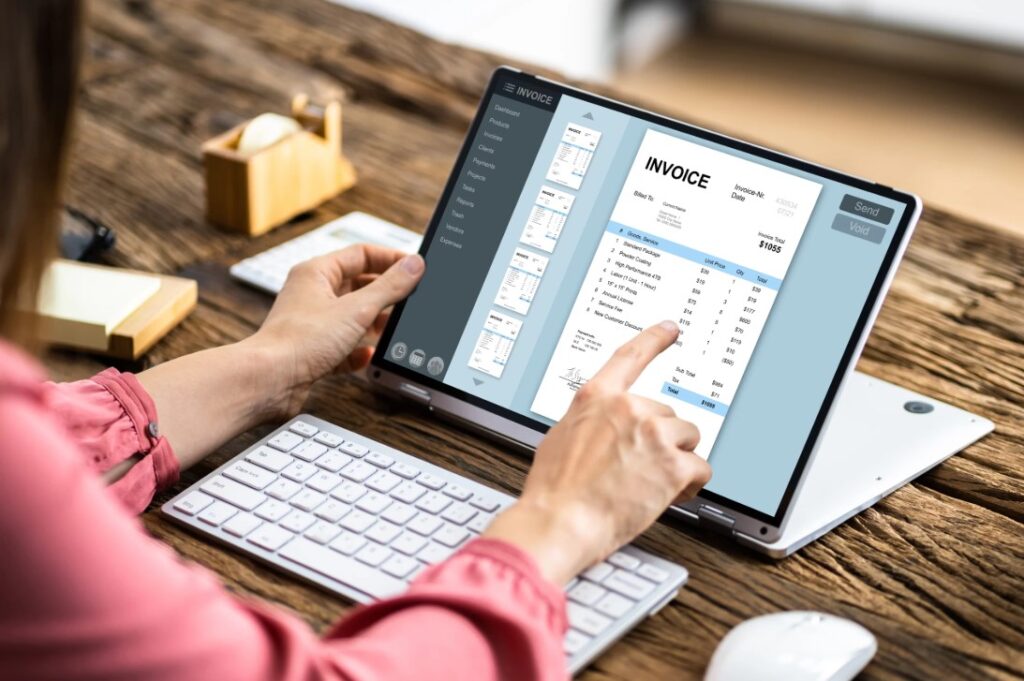
Source: ficommerce.com
Cost Challenges
Adopting the E-Invoice system can be costly for businesses, as they need to invest in software applications, hardware devices, and other infrastructure. Additionally, for each invoice created, businesses must pay transaction fees, which can add up to significant expenses over time.
Interoperability Challenges
The E-Invoice system must be compatible with other software and platforms used by business owners, making interoperability a challenging task, especially when different e-invoice systems are employed across various industries or countries.
Technical Challenges
Businesses must have technical expertise to solve the e-invoice system. Acquiring this expertise can prove demanding for those not practiced in new virtual technologies.
Resistance to Change
Businesses refuse to accept when implementing the e-invoice system. Staff and stakeholders may be resistant to adopting the new platform, it is resulting in delays and reduced business productivity.
Businesses will get many benefits by using the e-invoice system, it also has some special features which help the business owners to get rid of the issues that may occur. Usually, businesses invest in their infrastructure, to train their personnel, and to implement strong security measures to protect their data.
They must also comply with regulations, integrate their system with other applications, manage expenses effectively, and address interoperability and technical issues. Overcoming these barriers is essential to realizing all the potential advantages that the e-invoice system offers.
How to solve these critical challenges related to the New E-Invoice system
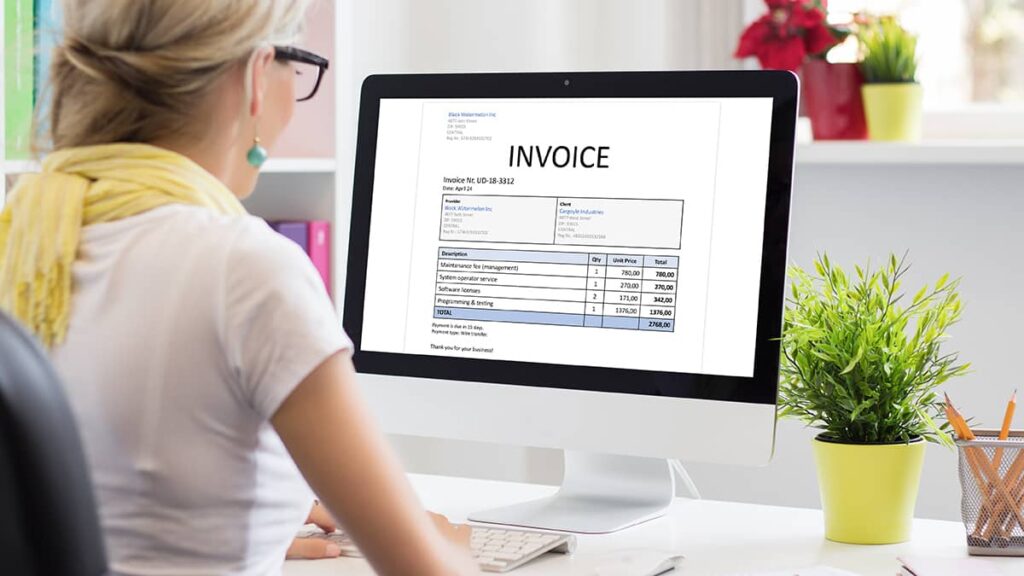
Source: patriotsoftware.com
Businesses are looking to solve the complex challenges created by the new e-invoice system, and to do so, they need to consider the following solutions:
Furthermore, they must invest in their infrastructure, such as reliable internet connections, software applications, and hardware devices, so that users can take full advantage of all the features provided by the e-invoice system.
Implementation Solutions
Businesses can combine with e-invoice providers or advisers to ensure the effective implementation of the system successfully.
And businesses may invest in infrastructure like good internet connections, software applications and hardware devices to ensure users can fully take advantage of all the features of the e-invoice system.
Compliance Solutions
Businesses must make sure that their invoices comply with government regulations and standards. They can do this via an electronic invoice system that automatically checks for violations or by working with experts who specialize in acceptance.
Training Solutions
Business owners can provide training for their employees on how to use the e-invoice system efficiently. They provide resources like manual videos or online courses for their employees to become skilled in handling the system.
Security Solutions
Businesses should have secure security measures to restrain their data against access by hackers and data violation. It includes firewalls, encryption, access controls, and other protocols for protection.
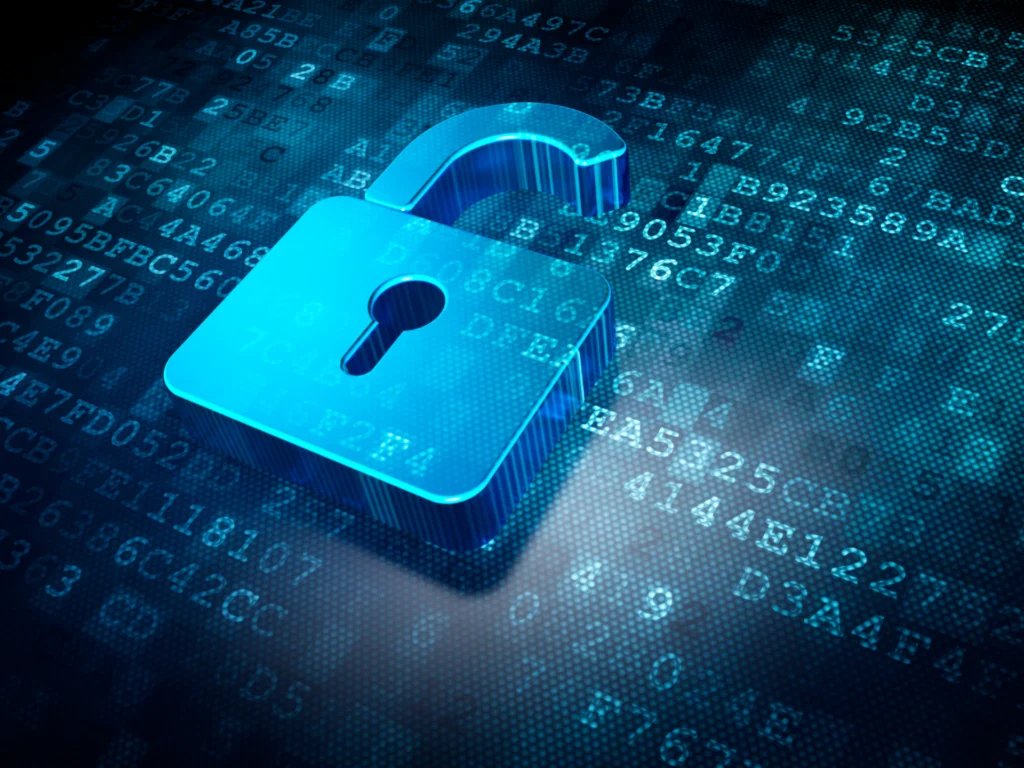
Source: nokia.com
Cost Solutions
Businesses can effectively manage their expenses by investing in infrastructure that is both adjustable and economical. They may negotiate transaction fees with the e-invoice providers, or they can use the free-source invoice solutions.
Change Management Solutions
This can be resolved by changing management strategies, such as involving employees in the implementation process, offering incentives for adoption, and highlighting the advantages of the e-invoice system.
Finally, businesses must consider a wide range of solutions to address the major issues related to the new e-invoice system. This includes investing in infrastructure, training employees, implementing robust security measures, managing expenses efficiently, encouraging interoperability, solving technical problems, and adapting management strategies to overcome resistance to change.
Now, we have some ideas to address the challenges associated with using the new e-invoice system. By implementing these solutions, businesses can overcome any issues they may face.
Clear and accurate invoices are essential for today’s businesses. To speed up the invoice creation process, I strongly recommend using online invoicing software.







